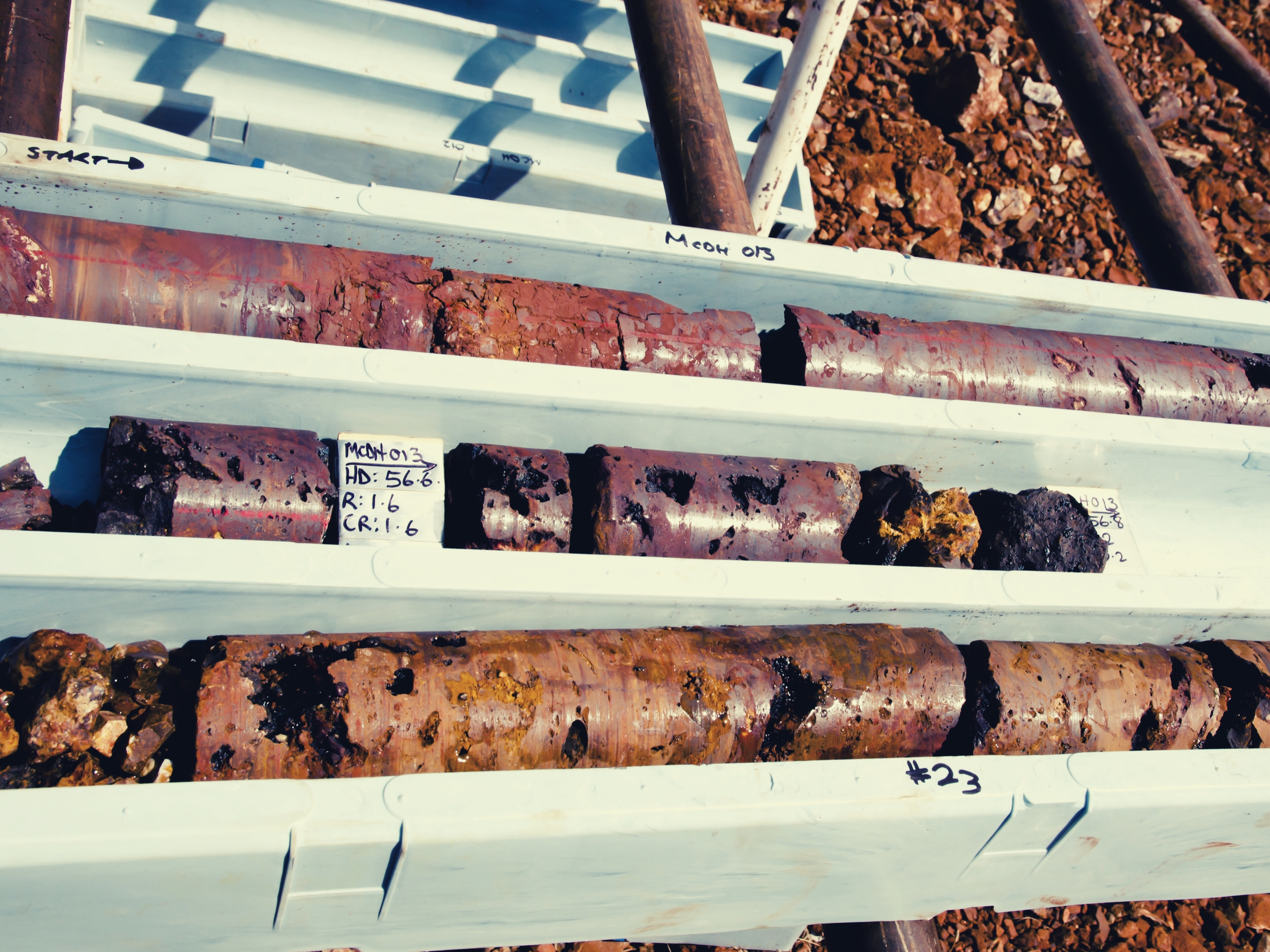The boundaries of the monopoly provided by an Australian patent are fixed by the wording of the patent’s claims. We do not have a doctrine of equivalents. Hence the interpretation of the claims is critical, perhaps even more so than in some other jurisdictions.
A welcome degree of certainty
The Australian approach to claim interpretation has enjoyed a period of stability in recent years. Despite a few aberrant first-instance decisions, our Courts have long been consistent as to the principles of construction. This provides a welcome degree of certainty, albeit that there is always scope for argument as to how the principles should be applied on a case by case basis.
Principles of construction
As Australian law now stands, the primary requirement is for the specification to be read as a whole, in light of common knowledge in the art (before the priority date) and from the point of view of the notional non-inventive person skilled in the art (also before the priority date).[1]
Authority setting out and illustrating these principles
A recent appeal[2] centred on claim construction although the applicable principles of construction were not in dispute.[3] In the absence of dispute, the Court simply summarised the relevant principles That summary, across paragraphs 92 to 96 (available here), is highly recommended.
The invention as described and claimed
The invention related to ‘core orientation’ – that is, the rotational orientation of a core sample, e.g. taken when exploring for minerals or petroleum. As one expert witness explained:[4]
The process of orientating drill samples [cores] allows geologists to correlate recovered samples with one another to reveal trends in rock strata and predict whether resource mining is worthwhile.
The invention was an advance over earlier mechanical technologies and entailed recording orientation at time intervals, then relating this information to the time when the core sample was separated from the body of material. There was much discussion of two timers (an above-ground timer and a below-ground timer) although it was noted[5] that the claim does not refer to these timers. The key claim in question read as follows:
-
-
- A method of providing an indication of the orientation of a core sample relative to a body of material from which the core sample has been extracted, the method comprising:
-
drilling a core sample from a body of material with a core drill having an inner tube;
recording the orientation of the inner tube at predetermined time intervals during said drilling, the time intervals being referable to an initial reference time;
inputting the specific time beyond the reference time representative of when the core sample was separated from the body of material;
removing the inner tube, with the core sample held therein in fixed relation to it, from the body of material; and
relating the inputted specific time to the recorded time intervals to obtain an indication of the orientation of the inner tube and consequently the core contained therein at the specific time. [our emphasis]
The preferred embodiment described in the patent specification entailed above- and below-ground timers mutually synchronised by being contemporaneously started to count time forward from a common initial reference time. The specification did not explicitly suggest that the invention was limited to this synchronicity, nor did it explicitly suggest any version of the invention that did not entail this synchronicity.
The impugned product
The impugned product[6] entailed above- and below-ground timers that counted time forward from different starting points:
- the time of the core break is recorded by pressing a ‘Mark button’ on the above-ground device; then
- after a wait period of 33 seconds, the elapsed time is transmitted to the downhole tool; then
- the elapsed time is subtracted from the below-ground timer to establish at what time, on that timer, the core break happened.
The outcome
The lower Court’s finding of infringement on the basis that ‘beyond’ means no more than ‘after’ or ‘later’ was affirmed.
The importance of amendments to suit Australian practice
When prosecuting foreign-originating patent specifications, Australian patent attorneys routinely make minor amendments for strict consistency with the independent claims and to moderate the promise of the invention. Very often specifications proclaiming ‘the invention achieves…’ are amended to specify that ‘a preferred embodiment of the invention achieves…’. This latest decision illustrates the potential importance of such amendments.
The infringing party argued that the lower Court erred by failing to construe the claim in the context of the specification, and emphasised that the one embodiment described in the specification involves two timers being contemporaneously started.[7] The Appeal Court affirmed the lower Court’s rejection of the argument on the basis that the specification discussed contemporaneous starting only in the context of the embodiment.[8] An extract of the patent specification is reproduced below.
From the forgoing (sic), it is evident that the present invention provides an orientation device which does not require physical marking of a core sample prior to extraction thereof from the ground. Indeed, the orientation device according to the embodiment is particularly convenient for an operator to use. All that is required is for the operator to start the orientation device prior to the inner tube assembly 36 being inserted into the drill hole, and contemporaneously start a timer for recording the time duration before the drilling operation ceases to allow the generated core sample to be retrieved. (our emphasis)
Support
The preceding discussion begs the question as to whether the claim lacks support to the extent it embraces methods that do not entail synchronicity.
Whilst in 2013 the Australian support requirements were harmonised with the corresponding requirements of the European Patent Office, the patent in suit did not need to pass this test (because examination of the application on which the patent was granted was requested prior to 15 April 2013). Rather, the claim faced (and passed) the ‘fair basis’ test which can be passed with little more than textual conformity with a consistory clause.
Final thoughts
The patentee ultimately won the day although, as is so often the case, in the full glare of hindsight there are some lessons for draftsmen in this latest decision – the patentee faced the challenges of litigation in part because there was an issue of construction to litigate.
Whilst of course we all strive to draft crystalline claims that leave no scope for argument (and perhaps there is room for improvement in the language of the claims of the present case), the impact of the descriptive text is not be forgotten.
A specification mentioning an unsynchronised version of the invention in terms consistent with the claim language would have assisted with the construction of the claim. In the context of newer Australian patent applications (and applications to be prosecuted elsewhere), mentioning such other examples of the invention would also help support the claims.
[1] See for example SNF (Australia) Pty Ltd v Ciba Specialty Chemicals Water Treatments Limited [2012] FCAFC 95, paragraph 32
[2] Globaltech Corporation Pty Ltd v Australian Mud Company Pty Ltd [2019] FCAFC 162
[3] Paragraph 92
[4] Paragraph 43
[5] At paragraph 120
[6] Detailed across paragraphs 52 to 54
[7] Paragraphs 108 and 109
[8] Paragraph 110


